Hola, future Gay expat (or immigrant)! When I first considered moving to Mexico, I was excited but also nervous about the unknowns. Having made the leap, I’ve discovered a country full of beauty, surprises, and opportunities for personal growth. Whether you’re seeking adventure, a lower cost of living, or a fresh start, Mexico has something for everyone. However, a smooth transition requires careful planning.
In this guide, I’ll share the lessons I’ve learned—from finding a home to navigating daily life—so you can start your journey with confidence.
Table of Contents
ToggleCOST OF LIVING
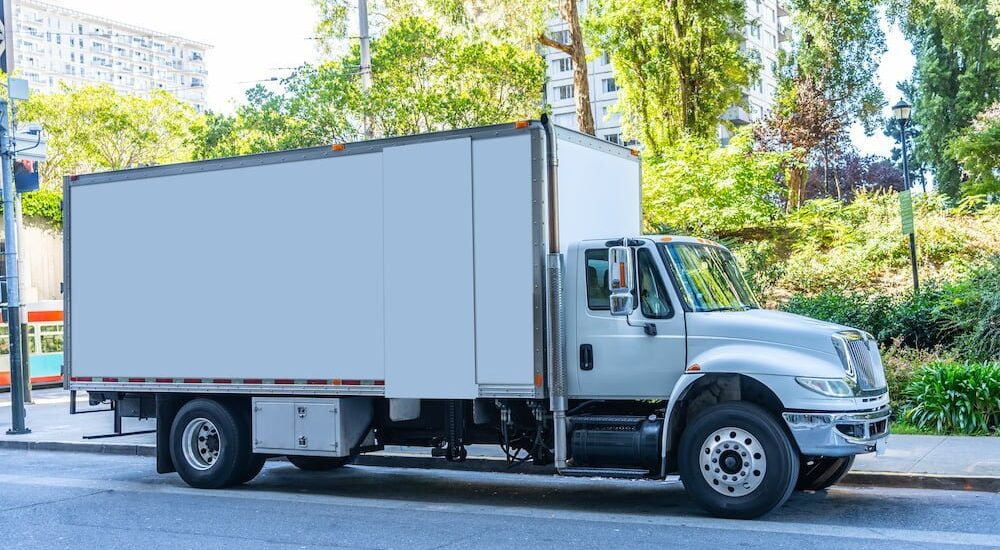
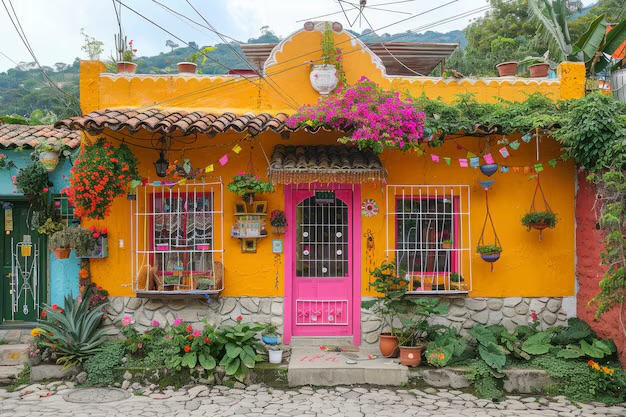
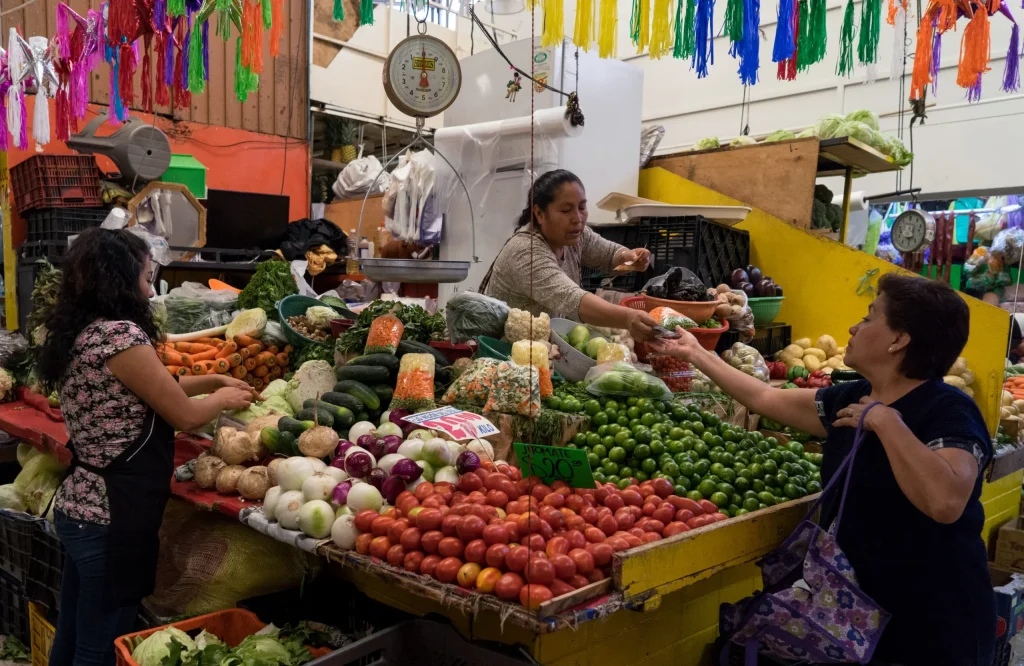
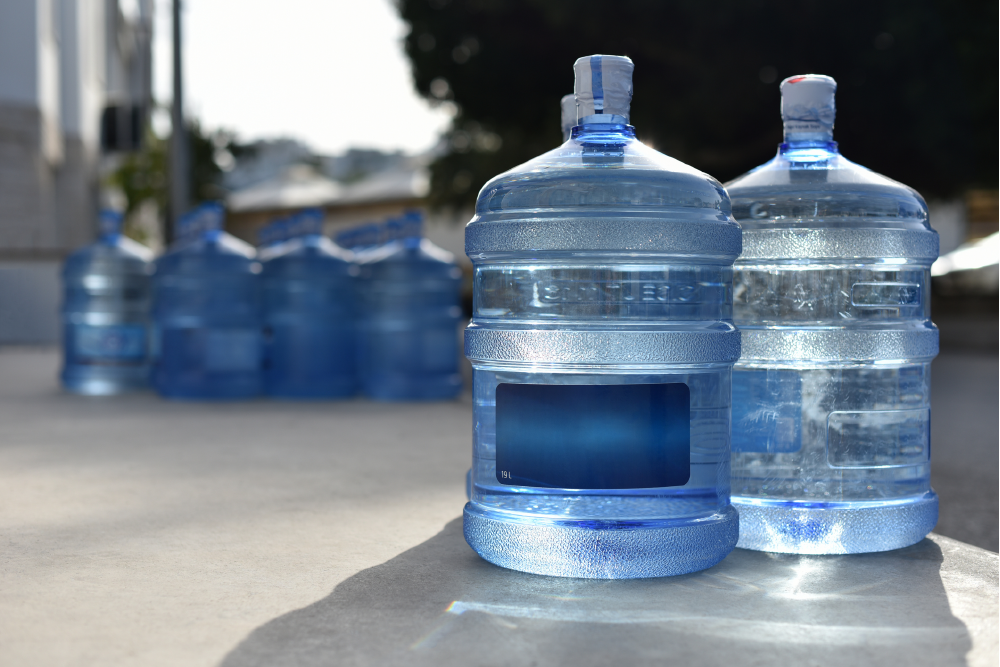
When I arrived in Mexico, I was amazed at how far my money stretched. Life here can be incredibly affordable, but it all depends on your lifestyle and location. Whether you’re looking for luxury or a budget-friendly existence, there’s a place for you. My overall living expenses in Mexico are roughly 55% less than in the U.S.
Typical Expenses
💲Moving Belongings: Moving personal items to Mexico can be costly, ranging from $5,000 to $10,000 USD. I opted to downsize significantly and made multiple trips by car, which saved me money and simplified the process. Downsizing also felt freeing—less clutter, more peace of mind! Plus all the things you need for a home is available in Mexico.
💲Housing: My one-bedroom apartment in Guadalajara costs $750 USD/month, offering a great mix of affordability and modern amenities. By contrast, luxury rentals in popular beach towns like Puerto Vallarta can range from $1,500 to $2,500 USD/month. Renting in less touristy areas, such as Querétaro or Mérida, can save you even more.
💲Utilities: Without air conditioning, my bills rarely exceed $70 USD/month. In warmer regions, air conditioning can significantly increase costs. Paying bills at OXXO or other convenience stores is the norm here.
💲Internet and Phone: I use IZZI for fast and reliable internet at $25 USD/month, ideal for remote work. For phone service, AT&T’s unlimited plan ($85 USD monthly) covers the U.S., Latin America, and Canada, while I prepaid for a year of AT&T Mexico service for seamless local communication ($120 USD annually).
💲Groceries: Shopping at local mercados has been a game-changer. Fresh produce is affordable and flavorful, and I’ve discovered fruits like mamey and guanabana that I’d never tried before. Local restaurants offer some of the best, most authentic food at great prices.
Pro Tip: Dining at small, locally-owned restaurants not only saves money but also supports the community and gives you a taste of authentic Mexican cuisine. I love my local mercados, so many food vendors where you can get three tacos and a drink for less than $5 USD.
💲Water: In most areas of Mexico, it is advised to not drink the water. There are many water companies that will deliver garrafones (20 liters or approximately 5 gallons). I use 4 garrafones a month which runs $200 pesos or $10 USD.
CHOOSING THE RIGHT LOCATION
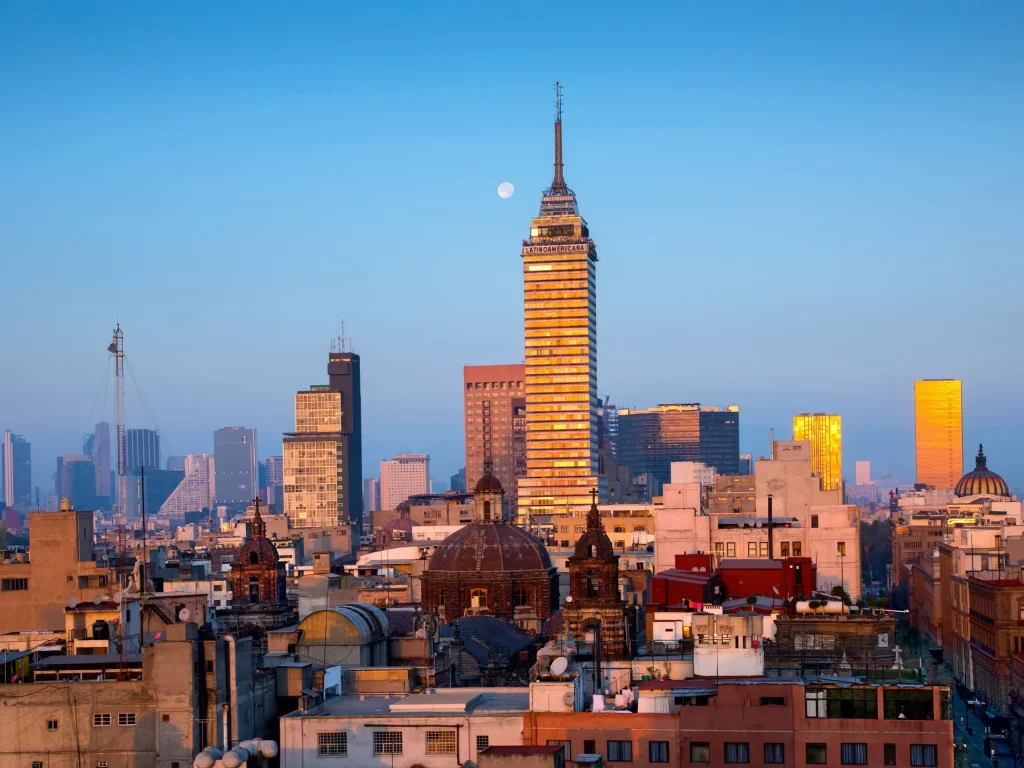

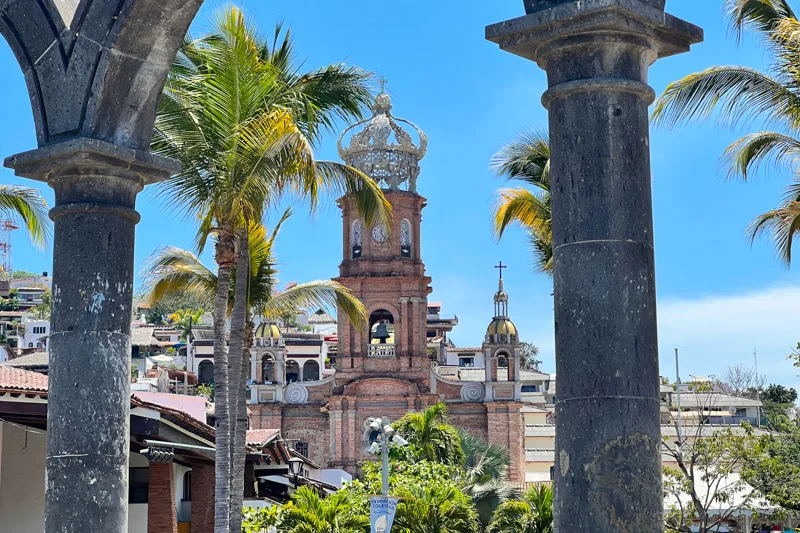
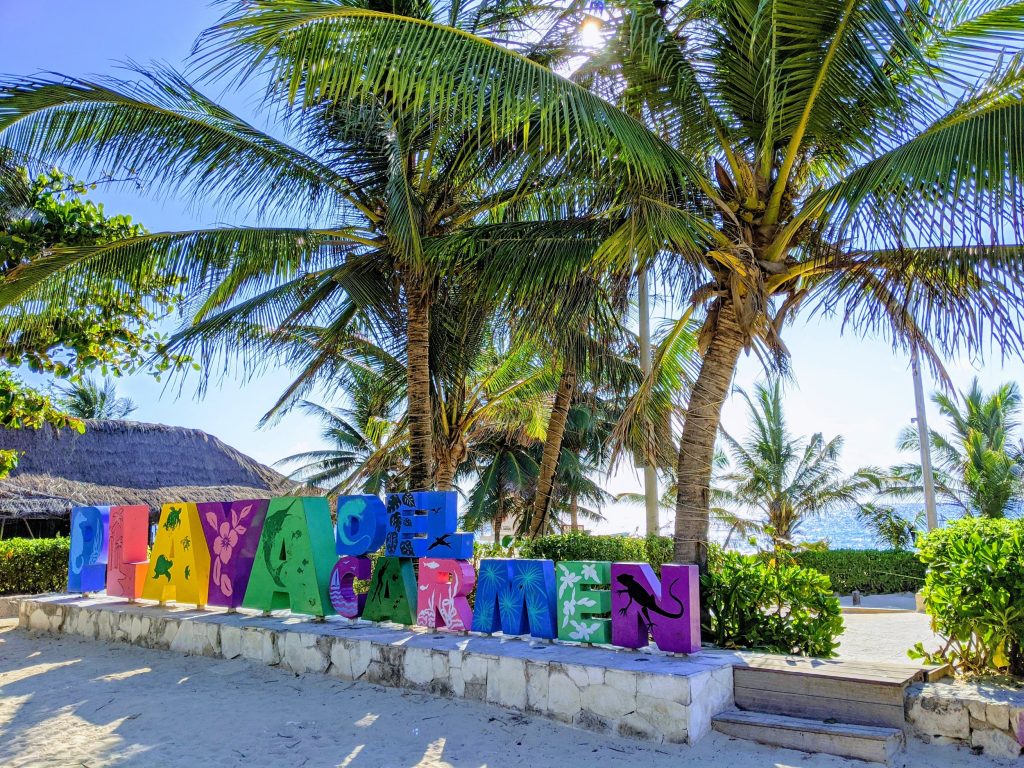
Finding the perfect place to live in Mexico was one of the most exciting parts of my journey. Each city has its own personality, so take your time exploring.
Popular Cities and Regions
Mexico City: This bustling metropolis offers world-class museums, vibrant nightlife, and incredible food. Perfect for those who love big-city energy, though traffic and the fast pace can feel overwhelming. The main gayborhoods in the city are Zona Rosa, Condesa and Roma but close by neighborhoods are super gay-friendly.
CHECK OUT MY MEXICO CITY GAY GUIDE
Guadalajara: My chosen home. It’s a perfect mix of modern amenities, historic charm, moderate weather and a thriving gay scene. Affordable and vibrant, it’s an excellent base for expats. The main gayborhoods are Colonia Americana and Centro Historico.
CHECK OUT MY GUADALAJARA GAY GUIDE
Puerto Vallarta: Known for its stunning beaches and welcoming gay community, this coastal town feels like a constant vacation. However, it’s more touristy and pricier than inland cities. Gay life centers around Zona Romantica but the city is super gay-friendly where ever you go.
CHECK OUT MY PUERTO VALLARTA GAY GUIDE
Tulum/Playa del Carmen: Ideal for eco-conscious and wellness-focused expats, with a laid-back vibe and breathtaking turquoise waters.
Other Options: Consider Mérida for its colonial charm and safety, Oaxaca for its cultural richness, or Querétaro for its modern amenities and family-friendly atmosphere.
My Tip: Rent before you buy! I spent my first few months exploring neighborhoods and getting a feel for different cities before settling down.
HEALTHCARE
Healthcare was a major concern for me before moving, but I’ve been pleasantly surprised by the quality and affordability here.
Key Points
Private Healthcare: A consultation at a private clinic cost me just $40 USD. The facilities were modern, clean, and the staff were friendly and bilingual.
Public Healthcare (IMSS): While public healthcare is affordable, I prefer private facilities for shorter wait times and higher-quality care.
Insurance: Combining private health insurance with IMSS provides excellent coverage for emergencies and routine care. Note that insurers in Mexico can deny coverage for pre-existing conditions.
For Prep & testing for Sexual Transmitted Infections: Most major cities have organizations that do testing & offer Prep for a very low price ($20 USD). They do require that you are a resident. I utilize Checcos in Guadalajara which provides a fantastic service for the community.
Pro Tip: Major cities like Guadalajara and Mexico City have top-tier hospitals equipped with cutting-edge technology.
TRANSPORTATION OPTIONS
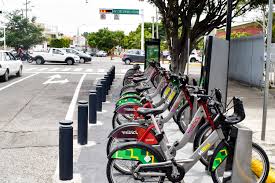
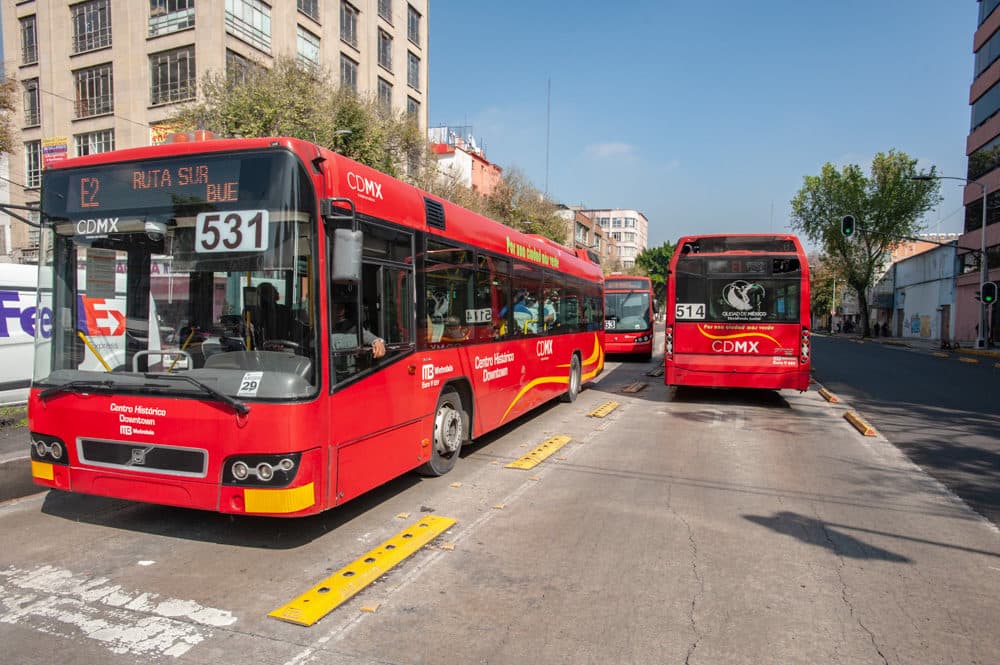
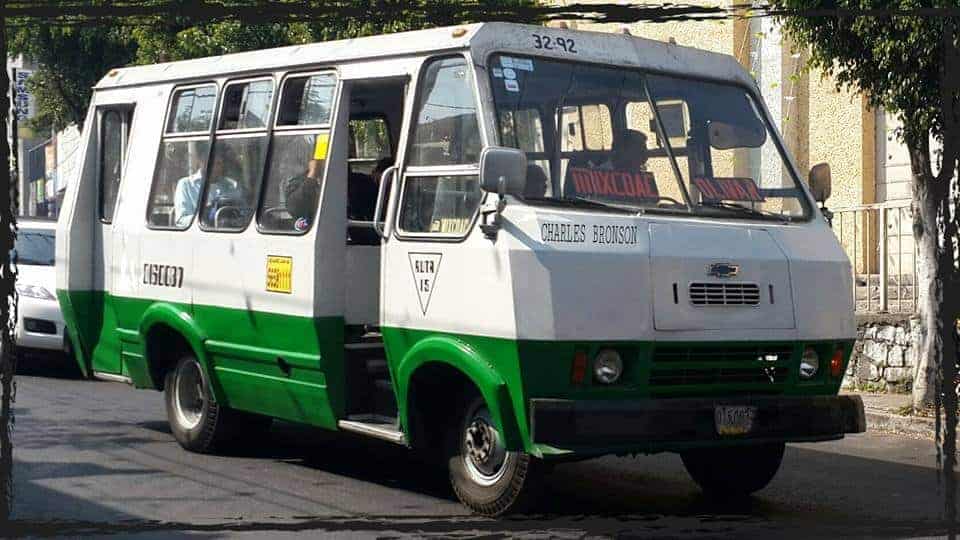
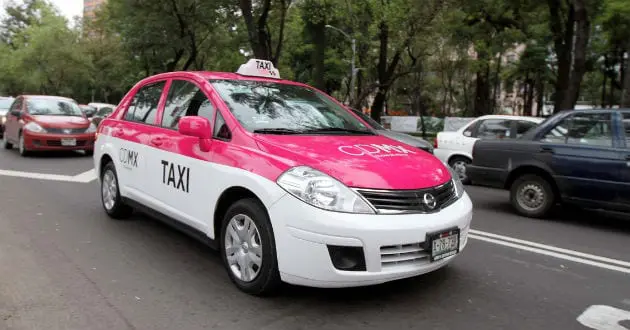
Getting around in Mexico is a diverse experience, offering everything from efficient public transportation to affordable ride-hailing services. Whether you’re commuting within a city, traveling between regions, or exploring off-the-beaten-path destinations, understanding your transportation options can make your transition smoother.
Public Transportation
Bike Share: My go-to transportation choice in Guadalajara is the MiBiCi bike share program. My annual membership is around $22. There are no additional charges if you keep each trip less than 30 minutes. Most major cities in Mexico have bike share programs, one of the biggest in Latin America is Ecobici in Mexico City.
Pro Tip: Auto drivers have the right of way in Mexico, so be cautious when biking.
City Buses: City buses are a popular and inexpensive way to get around urban areas. In cities like Mexico City, Guadalajara, and Monterrey, buses are frequent, but routes can be tricky for newcomers to navigate. Fares range from $0.30 to $0.60 USD per ride.
Pro Tip: Ask locals or consult Google Maps to understand routes. Always carry small change for bus fares.
Metro Systems: Mexico City has a world-class metro system with extensive coverage and fares as low as $0.25 USD per ride. Other cities, like Monterrey and Guadalajara, also have metro or light rail systems that are affordable and reliable.
Collectivos (Shared Vans): Shared vans, known as collectivos, are a popular option in smaller cities and rural areas. They run fixed routes and are cheaper than taxis. Look for signs on the windshield indicating their destination.
Ride-Hailing Apps:
Ride-hailing apps like Uber and Didi are widely available in major cities and tourist areas, offering affordable, safe, and convenient rides. Prices are generally lower than traditional taxis, and the apps allow you to track your ride and driver.
Pro Tip: Use Uber or Didi for late-night travel or when navigating unfamiliar areas.
Taxis:
Street Taxis: While taxis are plentiful, they often lack meters, so fares should be negotiated upfront. They are more common in smaller towns but are gradually being replaced by ride-hailing apps in cities.
Authorized Taxis at Airports: At airports, only authorized taxis are allowed to pick up passengers. These are generally safe but more expensive than ride-hailing apps. Look for the official taxi stands inside the airport terminal.
Rental Cars:
All the major US rental car brands have a presence in Mexico. If I am heading out of town to a nearby location, I do often opt for a rental car. Mexican law requires a valid drivers license from the US or Canada. When renting a car, you are also required to get the liability insurance for potential accidents.
LANGUAGE & COMMUNICATION
Learning Spanish in Mexico
Learning Spanish transforms your experience in Mexico, enhancing daily life, cultural immersion, and personal connections. While many Mexicans in tourist areas speak some English, knowing Spanish allows for smoother navigation of tasks like grocery shopping or asking for directions. It also shows respect and effort, fostering deeper relationships with locals and helping you feel more integrated in your new environment. I started with an online tutor, took a couple of classes locally in Guadalajara and now using a in-person tutor.
Steps to Learn Spanish Effectively
1. Start with Basic Resources: Apps like Duolingo, Babbel, and Anki flashcards are ideal for building foundational vocabulary. Transition to local Spanish classes, such as those offered by IMAC in Guadalajara or Instituto de Español de Puerto Vallarta, for structured learning and networking with other expats.
2. Practice Daily with Locals: Use simple phrases in everyday interactions, such as greeting neighbors or ordering at a market. Focus on practical vocabulary like “¿Cuánto cuesta?” (How much does it cost?) and immerse yourself in Spanish media—watch Mexican TV, listen to podcasts, and read local headlines to improve your listening and reading skills.
Overcoming Common Challenges
Fear of mistakes is natural, but Mexicans are patient and supportive of your efforts. Laughing at errors can even serve as an icebreaker. Regional slang (e.g., chido for “cool” or ¿Qué onda? for “What’s up?”) and the fast pace of conversation may feel daunting. Politely ask locals to slow down or explain unfamiliar phrases. Active listening and consistent practice will build confidence over time.
Pro Tips for Success
Set realistic goals, such as learning 5–10 new words daily, and celebrate small wins like completing your first full conversation. Join conversation groups or language exchanges to practice regularly and avoid over-relying on English. Immersion and consistency are key—challenge yourself to use Spanish as much as possible, and remember that every effort contributes to your progress.
CULTURAL ADAPTION: EMBRACING LIFE IN MEXICO
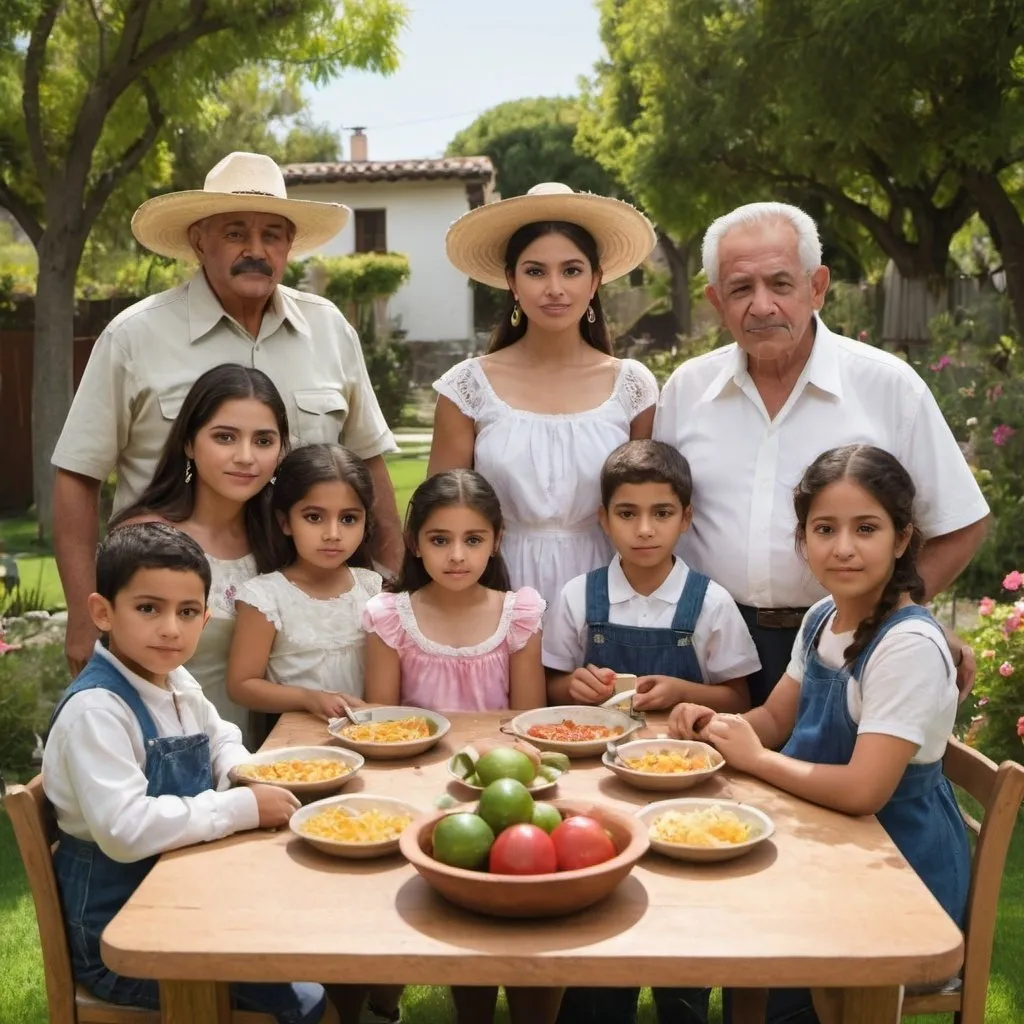



Adapting to Mexican culture has been one of the most rewarding aspects of my move. The slower pace of life, deep-rooted traditions, and strong sense of community have taught me invaluable lessons about connection, patience, and perspective. Understanding and respecting cultural norms is essential to integrating into society and enjoying the richness of Mexican life.
Key Cultural Norms to Note
- Family-Oriented Society: Family is at the Heart of Everything. In Mexico, family ties are deeply valued and often take precedence over work or social commitments. Large family gatherings are common, often featuring laughter, music, and incredible homemade food.
- Being Invited to Family Events: If you’re invited to a family gathering, accept the invitation! It’s a sign of trust and inclusion. These events may range from birthday parties to casual Sunday meals, often with a festive atmosphere.
- Role of Extended Family: It’s not uncommon for multiple generations to live under one roof or within close proximity. When you meet a Mexican man, it is highly likely they live at home with their family. Elders are highly respected and often play an integral role in decision-making.
- Pro Tip: When attending a family gathering, it’s customary to greet everyone individually with a handshake, hug, or kiss on the cheek, depending on the level of familiarity.
- “Mexican Time”
- Flexibility Over Punctuality: The concept of “Mexican time” reflects a more relaxed approach to punctuality. Plans often start later than scheduled, whether it’s a social event or a casual meeting.
- Adapting to the Pace: This cultural trait taught me to be more flexible and patient. It’s not about disrespect but rather about prioritizing relationships and enjoying the moment. This can be frustrating at times but I have learned that it is easier to adapt than try to get people to be punctual.
- How to Approach It:
- For social events, expect a buffer of 30 minutes to an hour. Arriving too early might even catch your host unprepared!
- For professional settings, punctuality is more expected, but slight delays are still common.
- Pro Tip: If timing is critical, clarify expectations by saying something like “¿Es a las 7 en punto?” (Is it at 7 sharp?).
- Social Customs and Politeness
- Everyday Politeness: Simple courtesies like saying “gracias” (thank you), “por favor” (please), and “buenos días” (good morning) are highly valued. These small gestures create a positive impression and help build connections.
- Greetings: A handshake is common for first meetings, while a kiss on the cheek is customary for closer friends or family. Men may pat each other on the back as part of a handshake. When entering a room, it’s polite to greet everyone individually rather than just offering a general hello.
- Goodbyes: Similar to greetings, farewells are often done individually. A quick wave is considered impersonal.
- Pro Tip: Avoid skipping greetings and goodbyes—it’s seen as rude or dismissive.
- The Importance of Hospitality
- Generosity as a Norm: Mexicans are famously hospitable. If you visit someone’s home, you’ll often be offered food, drinks, or even gifts. Declining can sometimes be perceived as impolite, so it’s better to accept with gratitude, even if it’s something small.
- Hosting Etiquette: When hosting, it’s important to go the extra mile to ensure guests feel welcomed. Food and drinks should be plentiful, and attention to detail is appreciated.
- Pro Tip: If invited to someone’s home, bring a small gift like flowers, wine, or dessert. It’s a thoughtful gesture that shows appreciation.
SAFETY & SECURITY IN MEXICO
Safety was a significant concern before I moved, especially as a member of the gay community. However, I’ve found that with proper precautions and awareness, Mexico can be a welcoming and safe place for expats, including gay individuals. Here’s an expanded guide to staying safe in Mexico, with specific tips for gay expats.
Understanding Safety in Mexico: Facts and Statistics
Crime Trends:
Crime rates in Mexico vary widely by region. Some states face challenges related to organized crime, while others—like Yucatán—rank among the safest areas in Latin America. For example, Mérida, the capital of Yucatán, has a homicide rate comparable to that of European countries like Switzerland.
Tourist destinations such as Puerto Vallarta, Mexico City, and Tulum are relatively safe and take measures to protect visitors due to their economic importance.
One recent statistic (from World Population Review) ranking countries based on safety, Mexico ranks five places farther down the list than the United States.
LGBTQ+ Rights and Safety:
Mexico is increasingly gay-friendly, with same-sex marriage legal in all 32 states as of 2022. Many major cities, such as Mexico City and Guadalajara, have vibrant gay communities and pride events.
Despite progress, acceptance varies by region. Urban areas and tourist hubs tend to be more open-minded, while smaller towns or rural regions may hold more conservative attitudes.
Tips for Staying Safe in Mexico
While safety concerns exist, taking precautions can help you feel confident and secure. Below are general safety tips along with advice tailored for gay individuals.
General Safety Tips
- Choose Neighborhoods Wisely:
- Neighborhood safety varies widely. For example, I live in Colonia Americana in Guadalajara, a trendy and gay-friendly area known for its vibrant atmosphere and relative safety.
- Research neighborhoods using online forums, expat groups, and local recommendations before committing to housing.
- Stay Aware of Your Surroundings:
- Avoid displaying valuables like expensive jewelry or electronics, especially in crowded areas.
- Use ride-hailing apps like Uber or Didi for transportation, particularly at night.
- Be Cautious in Public Spaces: Avoid walking alone in unfamiliar areas, especially after dark. Stick to well-lit, busy streets and use reliable transportation when needed.
- Blend In Where Possible: Dress modestly and avoid drawing unnecessary attention to yourself, especially in conservative areas. This advice applies to anyone, regardless of sexual orientation.
Gay Safety Tips
- Stick to Gay-Friendly Areas:
- Cities like Puerto Vallarta, Mexico City, and Guadalajara are known for their thriving gay scenes and are generally safe for gay individuals. In these cities, you’ll find gay-friendly bars, clubs, and community spaces.
- Be Mindful of Displays of Affection: Public displays of affection (PDAs) can be more accepted in urban areas, but in conservative regions, they might draw unwanted attention. Gauge the environment and act accordingly.
- Research Venues in Advance: Before visiting bars, clubs, or other social venues, check reviews and recommendations to ensure they are gay-friendly. Apps like Grindr or Google Maps often have user reviews that highlight safe and welcoming establishments.
- Travel with Trusted Friends: If you’re new to a city or attending an event, go with someone you trust. Being part of a group can increase safety in unfamiliar areas.
- Know Your Rights: Mexico’s legal protections for LGBTQ+ individuals include anti-discrimination laws. However, enforcement can vary. If you encounter discrimination, remain calm and seek help from local authorities or LGBTQ+ organizations.
- Resources for LGBTQ+ Expats: Look for LGBTQ+ support groups or advocacy organizations in your area. For example, Colectivo Vallarta and Diversidad Jalisco support LGBTQ+ rights in Puerto Vallarta and Guadalajara, respectively.
KEY THINGS TO DO WHEN YOU ARRIVE
✅ Finish up your residency process at the Insituto National de Migracion (INM) where you will receive your residency card. You will need to make an appointment in advance. They will need proof of address (usually a utility bill will suffice).
✅ Request an RFC (Mexican tax identification number) at your local SAT office. You will need an RFC to open a bank account, buy a car and apply for IMSS. You will need an appointment in advance.
✅ Open a Mexican Bank account. You will need your CURP, RFC, Mexican Telephone number and address.
✅ Rent an apartment: check Facebook marketplace or Inmuebles24.com for listings in your location. Also walk around your desired neighborhood to see if there are any for rent signs.
✅ Create a Network: Join groups on Facebook, a great resource in Guadalajara is “Queers in Guadalajara”. Every major city in Mexico has several LGBT+ facebook groups to leverage. Also, joining pride events or local LGBTQ+ meetups can be a great way to build community and find safe spaces. Cities like Guadalajara and Mexico City host some of the largest pride parades in Latin America.
FAQS
What visa do I need to live in Mexico long-term?
To live in Mexico long-term, you’ll need a Temporary Resident Visa (good for up to 4 years) or a Permanent Resident Visa. The right one for you depends on factors like income, length of stay, and personal circumstances. Begin the process at a Mexican consulate in your home country.
How much money do I need to move to Mexico?
The cost varies based on your lifestyle and location. Budget at least $5,000–$10,000 USD for moving expenses, such as visa fees, housing deposits, and transportation. Monthly living expenses can range from $1,500 to $3,000 USD, depending on your lifestyle and city.
Is it safe to live in Mexico?
Yes, many areas in Mexico are safe. Research neighborhoods carefully, avoid risky areas, and use common sense (e.g., avoid walking alone at night and don’t flash valuables). Cities like Guadalajara, Mérida, and parts of Mexico City are popular with expats for their safety and amenities.
Can I work remotely for a U.S. company while living in Mexico?
Yes, many expats work remotely for U.S. companies while living in Mexico. Check the tax implications for both the U.S. and Mexico. Consulting a tax professional is highly recommended.
How can I open a bank account in Mexico?
To open a bank account in Mexico, you’ll need a Temporary or Permanent Resident Visa, proof of residency, an RFC (tax ID), and a Mexican phone number. Popular banks for expats include Santander, BBVA, and Banorte.
Do I need to speak Spanish to live in Mexico?
While it’s possible to get by in tourist areas with limited Spanish, learning the language greatly enhances your experience. Start with basic phrases and build your skills through apps, classes, and daily practice.
What is healthcare like in Mexico?
Mexico offers high-quality and affordable healthcare. Private clinics and hospitals are modern and accessible, while the public IMSS system provides basic care for residents. Many expats combine private health insurance with IMSS for comprehensive coverage.
How do I find housing in Mexico?
Start with short-term rentals through Airbnb or similar platforms while exploring neighborhoods. Long-term rentals can be found on Facebook groups, local real estate websites, or by walking around and noting rental signs. Negotiating rent is common and can often lower costs.
Can I bring my pet to Mexico?
Yes, you can bring your pet to Mexico, but you’ll need to comply with Mexican import regulations. The rules have changed recently, what you will need to bring your pet to Mexico:
- Minimum age: The dog must be at least six months old.
- Microchip: An ISO-compatible microchip.
- CDC Form: Complete it two to ten days before the trip.
- Rabies vaccination.
- Health certificate including Screw worm examination.
What’s the best way to meet people and build a community?
Join expat Facebook groups, attend local events like farmers’ markets and art fairs, or volunteer with charities to meet like-minded people. Taking language classes is also a great way to connect with locals and other expats.
How to a get a Mexican Drivers License
To obtain a driver’s license in Mexico as a resident, you’ll need to visit your local Secretaría de Movilidad y Transporte (SEMOVI) or equivalent office with required documents, including your Temporary or Permanent Resident Visa, CURP, proof of address, and valid ID. Some states may also require your RFC or foreign driver’s license. You’ll typically need to pass a vision test, a written exam on traffic laws, and a practical driving test unless your foreign license can be exchanged. Costs range from $20–$50 USD depending on the state and license validity (1–5 years). The process is usually completed in one day, and having a Mexican license ensures compliance with local laws as a resident.
FINAL THOUGHTS
Moving to Mexico has been one of the most enriching experiences of my life. While challenges like navigating bureaucracy or adapting to cultural differences exist, they’re far outweighed by the warmth of the people, rich culture, and incredible quality of life.
Whether you’re sipping coffee in a sunlit plaza, exploring vibrant mercados, or hiking through lush jungles, Mexico offers endless opportunities for adventure and personal growth. With preparation and an open mind, you’ll soon see why so many expats call this beautiful country home.
What excites you most about moving to Mexico? Let me know in the comments, or reach out with your questions—I’m here to help!
About the Author
Tim is a seasoned travel writer and the creator of Out in Mexico, a dedicated resource for gay travelers exploring Mexico’s vibrant destinations. After relocating to Guadalajara, he has spent years immersing himself in Mexico’s gay culture, from the iconic beaches of Puerto Vallarta to the nightlife of Mexico City.
With firsthand experience in Mexico’s gay scene, Tim has personally visited the bars, hotels, and events featured in this guide. His insights have helped gay travelers plan unforgettable trips while ensuring they feel safe, welcomed, and informed.
When he’s not writing, you’ll find him sipping a mezcal cocktail at a bar in Guadalajara or travel to a new exciting destination in Mexico.
📍 Follow his adventures: @i.am.out.in.mexico
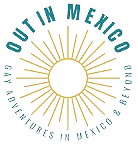
One reply on “Gay-Friendly Guide to Moving to Mexico: Visas, Cities & Cost (2025)”
Great website full of helpful information; much appreciated. As someone looking to find an apartment in GDL and also to get permanent residency, specific info on who to turn to (trusted realtors, lawyers for negotiating lease contract) for the latter would be helpful.